How to Eat Out Without Freaking Out: Your Real-World Guide to Restaurant Menus
So, You Got Invited to Dinner… Now What?
I’ve seen it a hundred times. Someone starts a new health kick, feeling motivated and totally in control. The pantry is clean, the fridge is stocked with green things, and everything is going great. And then it happens. The text message. It could be a birthday dinner, a lunch with a client, or just a casual Friday night out with friends. Suddenly, that feeling of control vanishes, replaced by a wave of menu anxiety. It’s a story I know all too well, both from my professional experience and, let’s be honest, from my own life.
In this article
- So, You Got Invited to Dinner… Now What?
- Why Restaurant Food Is So Dang Delicious
- Your Game Plan Before You Even Leave the House
- Decoding the Menu: A Cuisine-by-Cuisine Field Guide
- How to Actually Ask for What You Want (Without Being Awkward)
- Handling Tricky Social Situations
- A Quick (But Important) Note on Health
- Final Thoughts: It’s About Balance, Not Perfection
It’s easy to think that being healthy means avoiding restaurants forever. But that’s not living, is it? True, sustainable health is about walking into any restaurant with confidence. It’s about having a few tricks up your sleeve to make smart choices without sacrificing the joy of the experience.

This isn’t a guide to ordering steamed broccoli and dry grilled chicken everywhere you go. Boring! This is about learning to read between the lines on a menu, understanding the kitchen’s secrets, and ordering a delicious, satisfying meal that actually aligns with your goals. It’s the practical, real-world stuff that makes a healthy lifestyle stick.
Why Restaurant Food Is So Dang Delicious
First things first, let’s get one thing straight: chefs are not trying to ruin your diet. They are masters of their craft, and their craft is creating intensely flavorful, memorable food that makes you want to come back. To do this, they rely on a powerful trio of ingredients: fat, sugar, and salt. Understanding how they use them is your first step to taking back control.
Fat is Flavor’s Best Friend
Fat does two magical things: it carries flavor and creates incredible textures. When a steak hits a hot pan with a knob of butter, it’s not just to prevent sticking. That butter kickstarts a beautiful browning process, adds a rich, nutty flavor, and helps form that perfect crust. And those velvety, glossy sauces you can never seem to replicate at home? They’re often finished with several tablespoons of cold butter, which makes them smooth and luxurious. A single spoonful of a classic cream sauce can have more butter than you’d use all day at home.
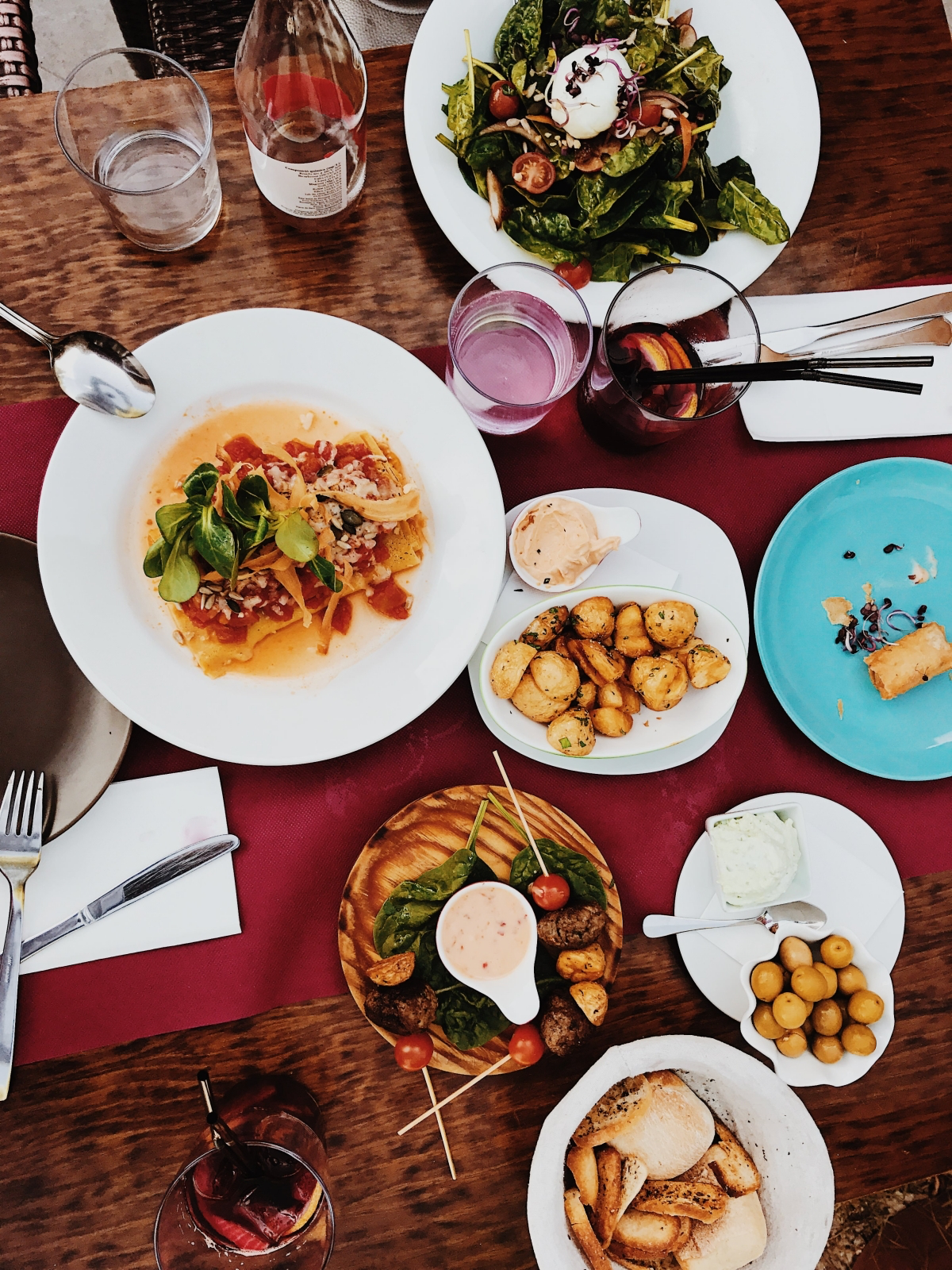
The Sneaky Role of Sugar
Think sugar is just for dessert? Think again. It’s a secret weapon used to balance the acidity in tomato sauces and salad dressings. It’s the key to those shiny, caramelized glazes on ribs and salmon. Honestly, you’d be shocked at how much sugar is hiding in savory food. A typical serving of a restaurant’s honey-mustard dressing can have more sugar than a cookie, and a classic barbecue sauce is often loaded with it. This sweetness makes food incredibly appealing and can trick your brain into wanting more.
The Heavy Hand with Salt
Salt is the ultimate flavor booster. It doesn’t just make food taste salty; it actually mutes bitterness and makes other flavors pop. Restaurant kitchens use it liberally at every single stage of cooking. That’s why you might feel thirsty or a bit puffy after a big meal out—your body is holding onto water to deal with all the extra sodium. A single restaurant dish can easily blow past the daily sodium limit recommended by major health organizations, which is around 2,300 milligrams (and for many people, the ideal target is closer to 1,500 mg).

Your Game Plan Before You Even Leave the House
Success starts at home. A few minutes of prep can completely transform your dining experience from stressful to serene. Seriously, don’t skip this part.
Step 1: Do a Little Menu Spying
Almost every restaurant has its menu online. Take five minutes to check it out. Don’t just scan for the sad-looking “light” section. Instead, read the whole menu and look for descriptions of how the food is cooked. Keep an eye out for these words:
- Grilled
- Steamed
- Broiled
- Baked
- Roasted
- Poached
These methods usually involve less added fat than words like fried, crispy, crunchy, battered, creamy, or smothered. Find two or three good options ahead of time, and you won’t feel rushed into a decision at the table.
Heads up! What if there’s no menu online? No problem. Have a go-to “game-time decision” plan. This is usually a simple formula: a grilled protein (like fish, chicken, or steak) and a side of steamed vegetables. It’s a safe, healthy bet that virtually any restaurant can make for you.
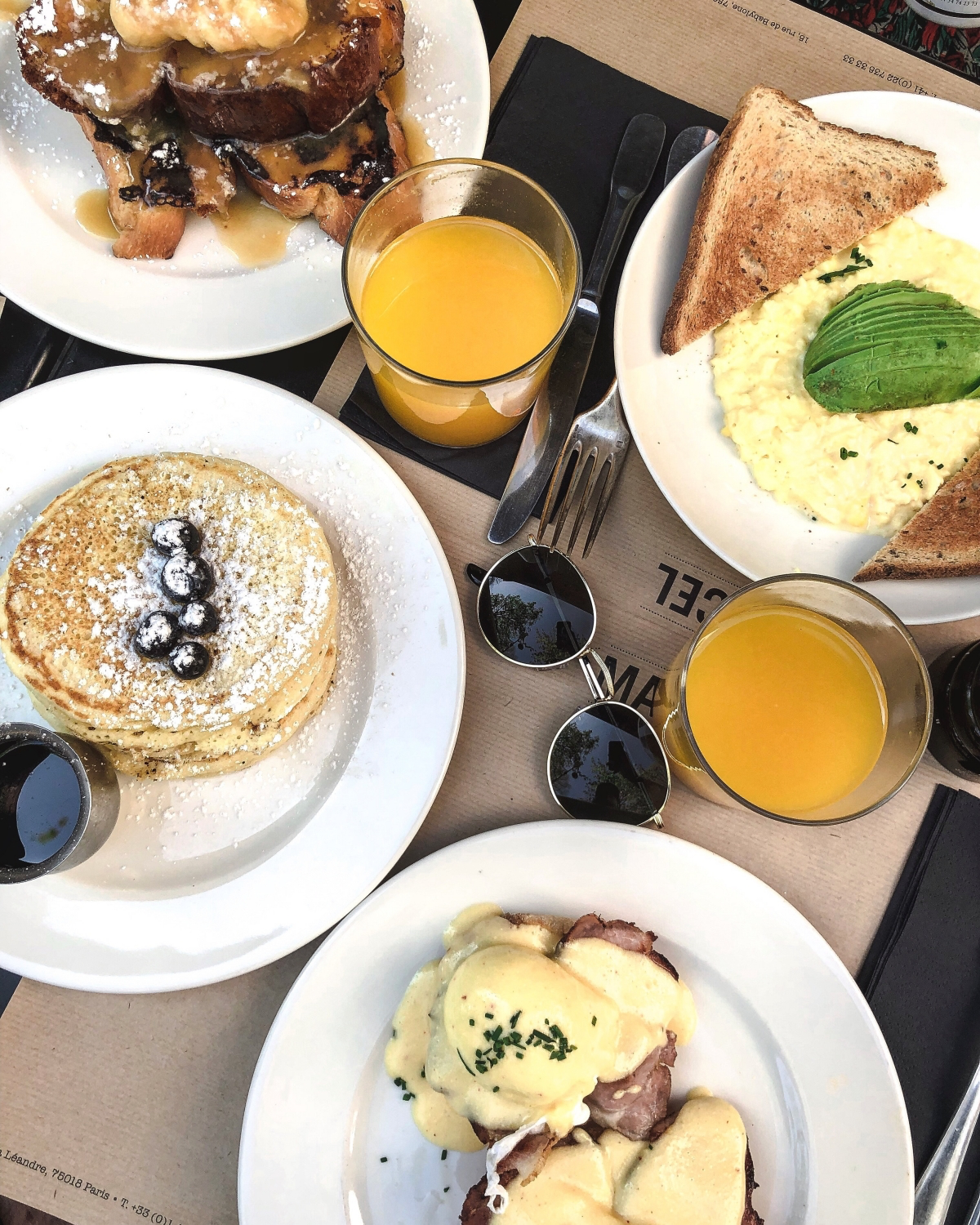
Step 2: Have a Strategic Pre-Meal Snack
I know it sounds crazy to eat before you go out to eat, but this is one of my most effective tips. Showing up to a restaurant starving is a recipe for disaster. When your blood sugar is tanking, your willpower is at its lowest, and that bread basket and fried calamari will feel impossible to resist. About an hour before you go, have a small snack with some protein and fiber to take the edge off your hunger.
A few good ideas:
- A small apple with a spoonful of almond butter.
- A handful of nuts (about what fits in your palm).
- A small container of plain Greek yogurt.
- A hard-boiled egg.
This little move lets you look at the menu calmly and choose what you actually want, not just what your screaming hunger demands.
Step 3: Hydrate and Save Some Cash
Our brains often mistake thirst for hunger. Drink a big glass of water before you leave, and when you get to the restaurant, order water or sparkling water with lemon right away. Sipping on it while you decide helps you feel fuller and avoids the temptation of sugary drinks. A single $4 soda has about 10 teaspoons of sugar and zero nutritional value. Choosing water is an easy win that saves you calories AND money. A double victory!

Decoding the Menu: A Cuisine-by-Cuisine Field Guide
Every type of cuisine has its own set of challenges and hidden gems. Here’s a quick cheat sheet for some of the most common spots you’ll find yourself in.
Real Italian food is so much more than giant plates of pasta drowning in cream sauce. It can be incredibly fresh and healthy.
- Watch Out For: Alfredo, carbonara, and other heavy cream sauces are calorie bombs. Dishes labeled “parmigiana” are usually breaded and fried. And let’s be real, that garlic bread dripping with butter is delicious, but it’s a trap.
- Smart Picks: Look for tomato-based sauces like marinara or arrabbiata. Grilled fish (pesce alla griglia) or chicken cacciatore are fantastic. Minestrone soup is a perfect, fiber-packed starter. If you’re set on pasta, ask for a half-portion or see if they offer a whole-wheat option.
- Pro Tip: Skip the butter for the bread basket. Ask your server for a small plate of olive oil for dipping instead. It’s packed with heart-healthy fats.
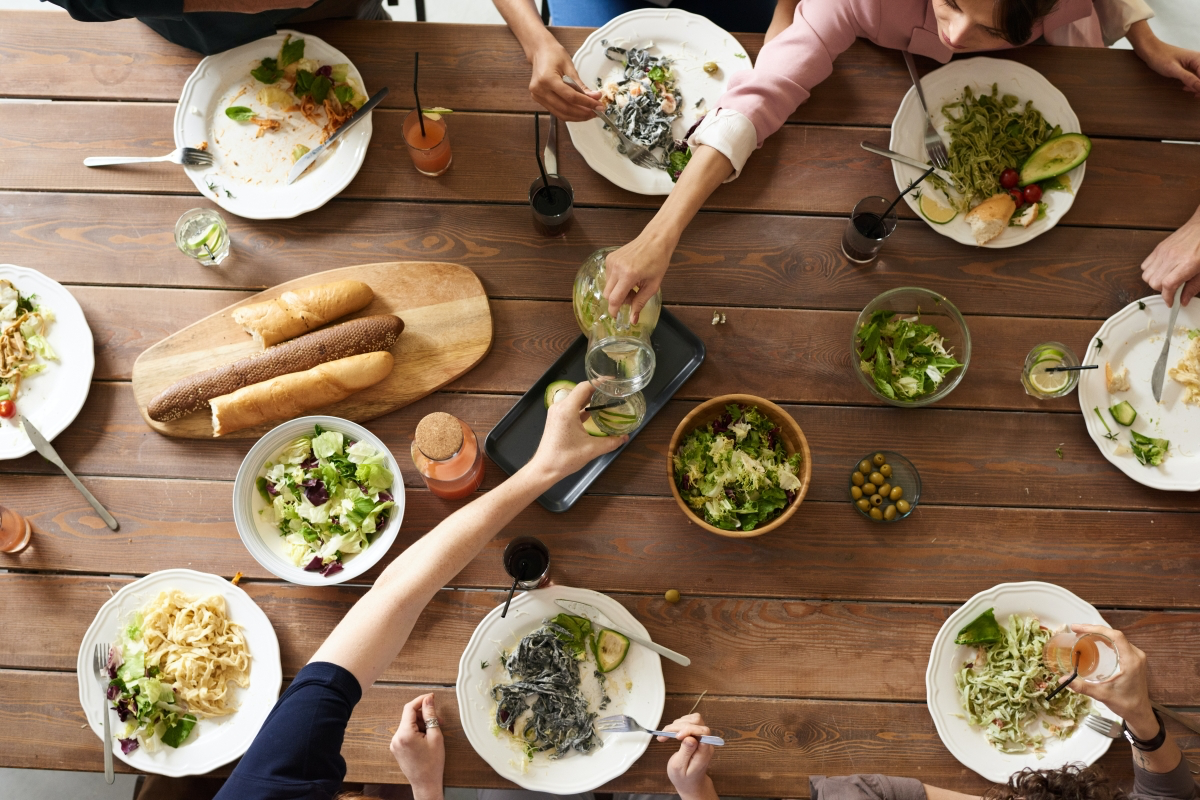
Making Friends with Mexican Food
Mexican cuisine gets a bad rap for being heavy, but its roots are in fresh, vibrant ingredients like corn, beans, and chiles.
- Watch Out For: Anything described as “smothered” or “loaded” is a red flag. Chimichangas are deep-fried burritos, and refried beans are often made with lard. That giant, crispy taco salad bowl? It can have more calories than a burger and fries.
- Smart Picks: Fajitas are your best friend! You get sizzling grilled meat and veggies and can control the toppings yourself. Opt for corn tortillas over flour, and ask for black beans. Use salsa and guacamole as your main toppings—guac is high in calories, but they’re healthy fats, so a little goes a long way.
- Better Booze: That 700-calorie frozen margarita is a sugar monster. A better choice? A simple tequila with soda water and a lime, a light Mexican beer, or a small glass of wine. You’ll save hundreds of calories and probably $10.
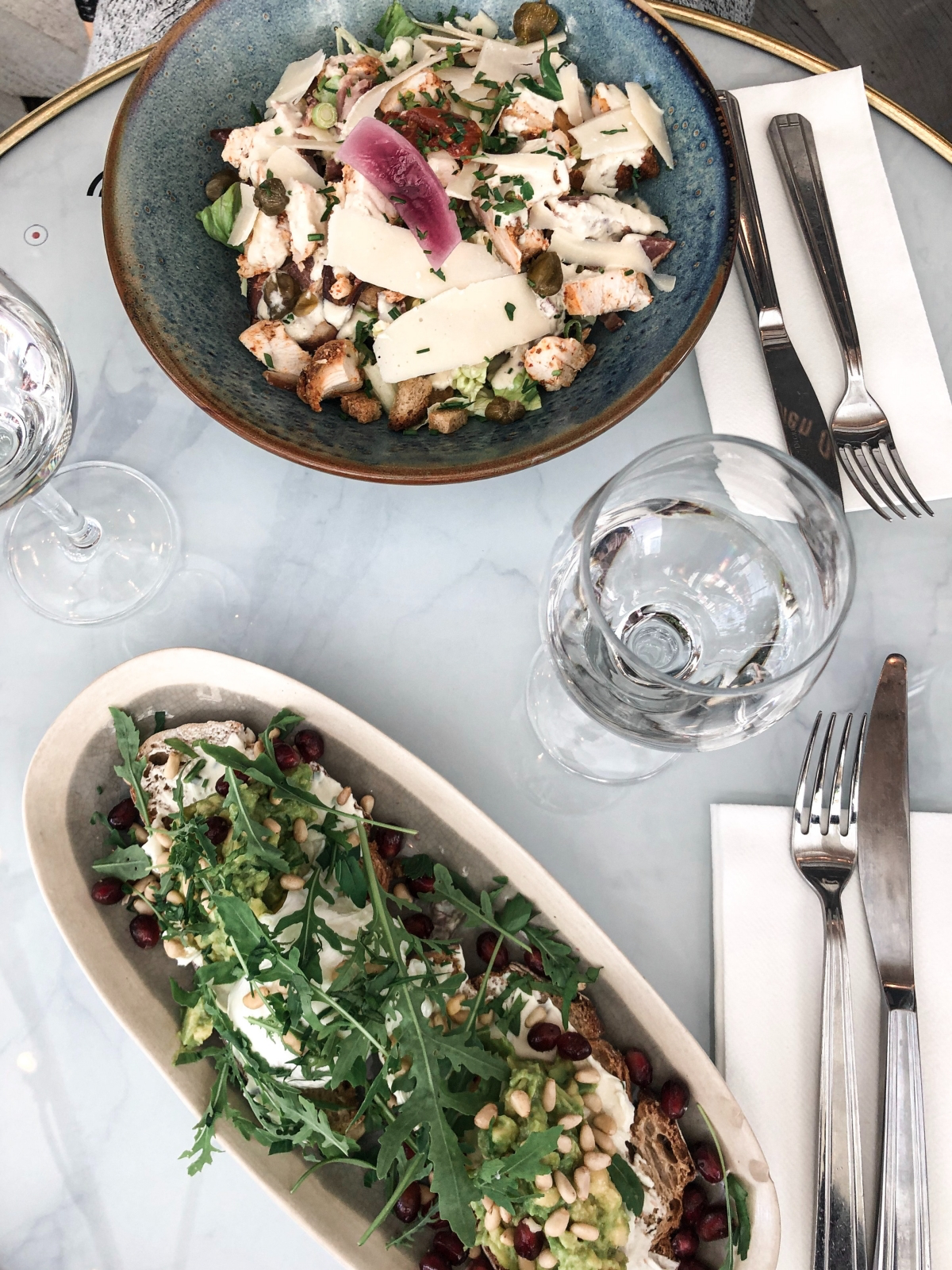
Ordering at Chinese Restaurants
Americanized Chinese food often means deep-fried meats in sugary sauces. But traditional cooking techniques offer plenty of lighter choices.
- Watch Out For: Dishes with words like “crispy,” “sweet and sour,” or names like General Tso’s or Orange Chicken are almost always battered, fried, and swimming in a sugary glaze. Egg rolls and crab rangoon are also deep-fried.
- Smart Picks: Look for steamed, broiled, or stir-fried options. A dish of steamed shrimp and broccoli is a fantastic choice. The real power move? Ask for the sauce on the side to control sodium and sugar. Hot and sour soup or wonton soup are great, low-calorie starters.
- Pro Tip: Ask if they have low-sodium soy sauce or can prepare your dish with less salt. Most kitchens are happy to oblige.
Tackling Breakfast and Brunch
Ah, brunch. The land of giant pancake stacks and bottomless mimosas. It can be a minefield, but you can navigate it.
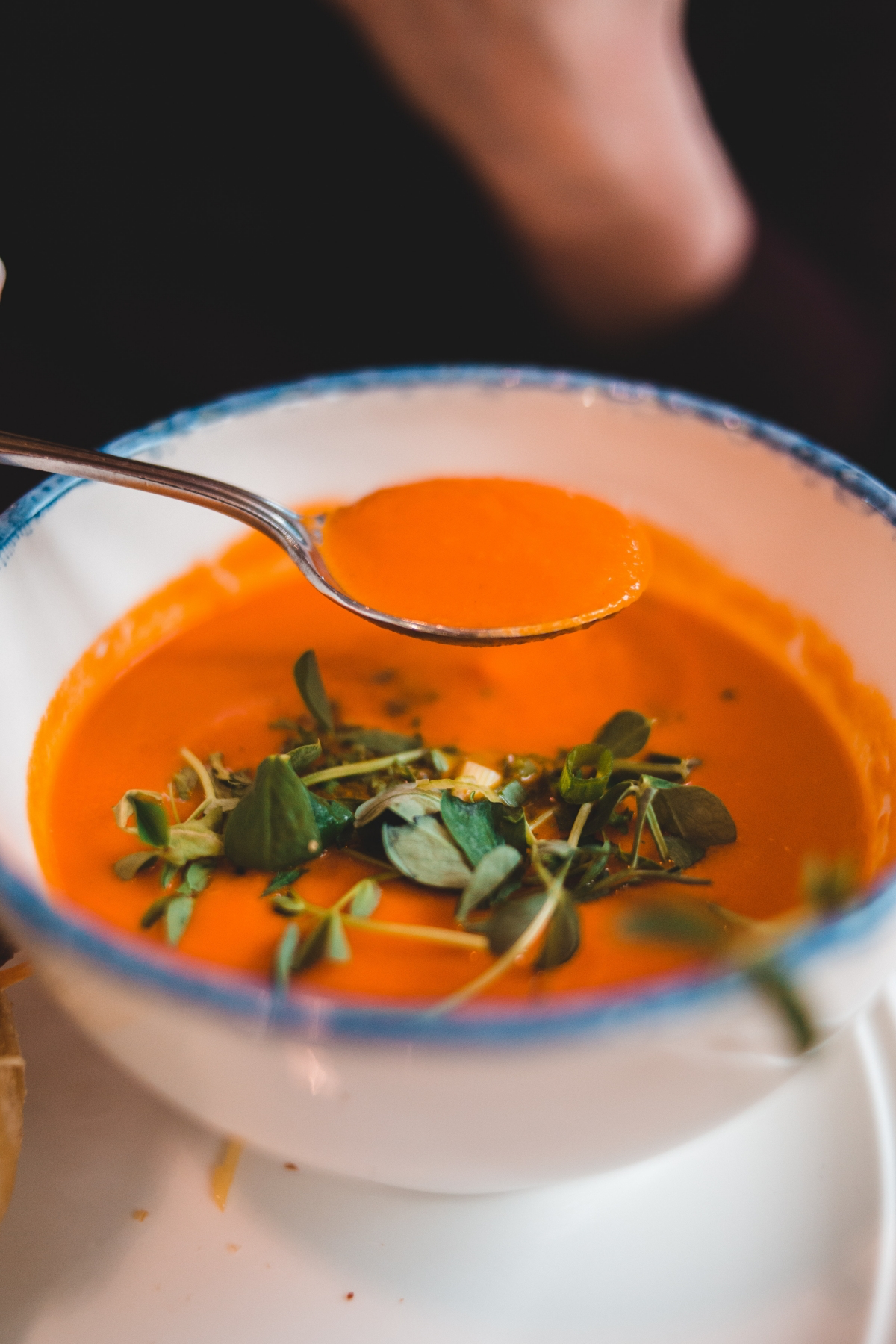
- The Omelet Strategy: An omelet or scramble is a great protein-packed choice. Ask for it to be loaded with veggies like spinach, mushrooms, and peppers. Go easy on the cheese (or skip it) and ask them to use minimal oil or butter.
- Side-Dish Swaps: Instead of the greasy home fries, ask for a side of fresh fruit, sliced tomatoes, or a piece of whole-wheat toast.
- Pancakes & Waffles: If you’re really craving them, ask for a short stack (just one or two) instead of the usual mountain. Get the real maple syrup on the side so you can control how much you use.
Winning at Fast-Casual (The “Build-Your-Own” Spots)
Places like Sweetgreen, Cava, or Chipotle can be a health-conscious person’s dream… or nightmare. The power is entirely in your hands.
The key is a smart assembly line. Start with a base of greens instead of just rice or grains. Double up on all the non-starchy veggies (peppers, onions, cucumbers, tomatoes). Add a lean protein like grilled chicken or beans. Then be a ruthless editor with the toppings. A scoop of guacamole or a drizzle of tahini? Great! Piling on cheese, creamy dressings, and crunchy fried things? That’s where the calories sneak in.
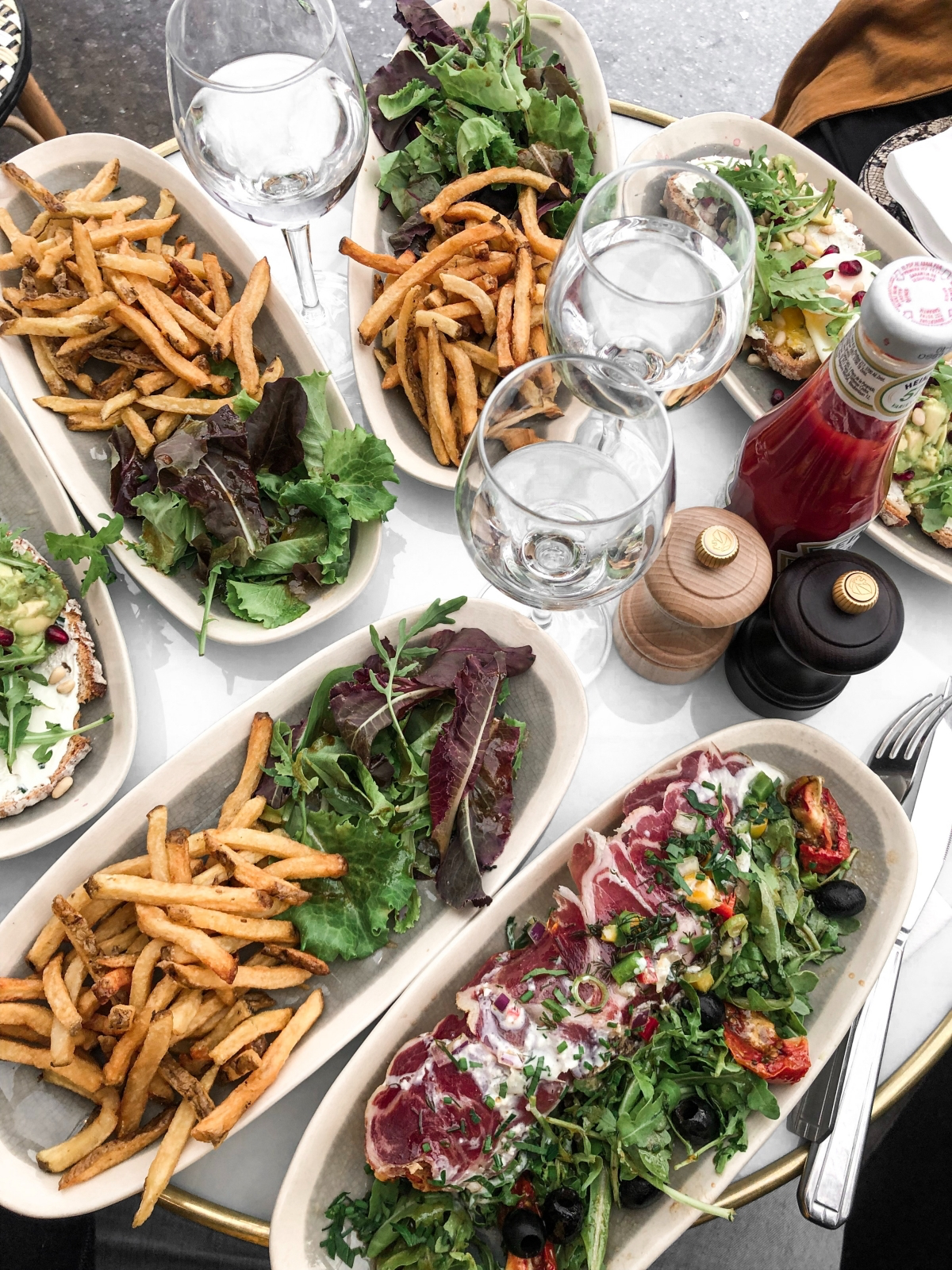
How to Actually Ask for What You Want (Without Being Awkward)
Knowing how to politely tweak your order is the most empowering skill you can learn. I promise, servers hear these requests all the time. The key is to be clear, polite, and concise.
The Magic Phrase: “On the Side”
This is your golden ticket. It puts you in the driver’s seat. You’ll be amazed at how little dressing you actually need when you dip your fork in it instead of having your salad drenched. It’s also wild to see how a sauce served on the side is often enough for three people.
Quick tip: Try this script. It works every time. “Hi, I’d love the grilled salmon. Would it be possible to swap the fries for the steamed veggies? And could I get the sauce on the side, please? Thank you so much!” See? Painless.
Mastering Portion Control (And Getting a Free Lunch)
Restaurant portions are often huge, sometimes enough for two or three people. A single pasta dish can contain a full pound of pasta, which is four standard servings!

Try this trick: when you place your order, ask for a to-go box to be brought with your meal. As soon as your food arrives, immediately box up half of it. Out of sight, out of mind. You now have a perfectly portioned meal in front of you and a delicious lunch for tomorrow.
Handling Tricky Social Situations
Sometimes, the biggest challenge isn’t the menu; it’s the people you’re with. Here’s how to handle it with grace.
When the whole table wants to share starters, it can feel like a free-for-all. Try to steer the group toward better options or just take a small portion for yourself.
- Best Bets for Sharing: Shrimp cocktail, ceviche, a simple bruschetta, or a fresh salad.
- Worst Offenders: A blooming onion, loaded nachos, or spinach-artichoke dip with fried chips can easily pack 1,500+ calories—a full meal before your actual meal even begins.
Dealing with Peer Pressure
Ever had a friend say, “Oh, just live a little!” when you skip the fries? The best defense is a good offense. Try to order first to set a healthy tone. If someone comments, have a simple, breezy response ready. “That looks amazing, but I’m saving room for my entree!” or “I’m just really in the mood for this today.” No further explanation needed.
Seeing the impact can be really motivating. I once worked with a client who used to always order a 1,800-calorie chimichanga platter. We found a better way. Now, she gets the chicken fajitas with corn tortillas and black beans, asking for sour cream on the side. She still loves her meal, saves over 800 calories, and actually feels energized afterward instead of needing a nap. That’s a huge win.
A Quick (But Important) Note on Health
This advice is for general guidance, but some situations require extra care. Please be smart and prioritize your health.
Allergies and Intolerances
If you have a food allergy, you have to be your own biggest advocate. Always tell your server about your allergy—use the word “allergy,” not just “I don’t eat gluten.” For severe allergies, ask to speak directly to the chef about cross-contamination. Don’t be shy; your health is on the line. Reputable allergy advocacy groups have great resources on their websites for dining out safely.
Medical Conditions
If you have a specific medical condition like heart disease, diabetes, or celiac disease, you need a personalized plan from your doctor or a registered dietitian. This guide is a great start, but they can give you specific advice tailored to your unique needs.
Final Thoughts: It’s About Balance, Not Perfection
Remember, the whole point of dining out is for pleasure and connection. The goal is not to strip all the fun out of it. It’s to build the confidence to enjoy a meal without guilt or stress.
Sometimes, you’ll follow these tips perfectly. And other times? You’re going to order the creamy pasta or the decadent chocolate cake because it’s a special occasion and you truly want it. And that is perfectly okay. One meal will never make or break your health. It’s the overall pattern of your choices that matters. Use these tools, make informed decisions, and then, most importantly, enjoy the food and the company.










